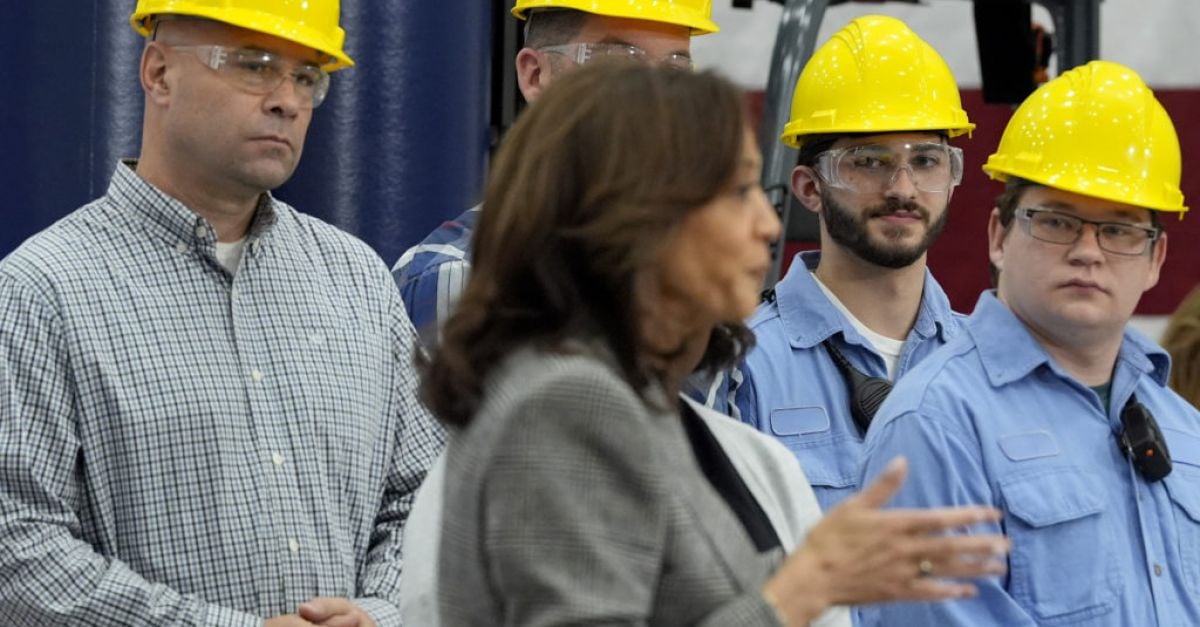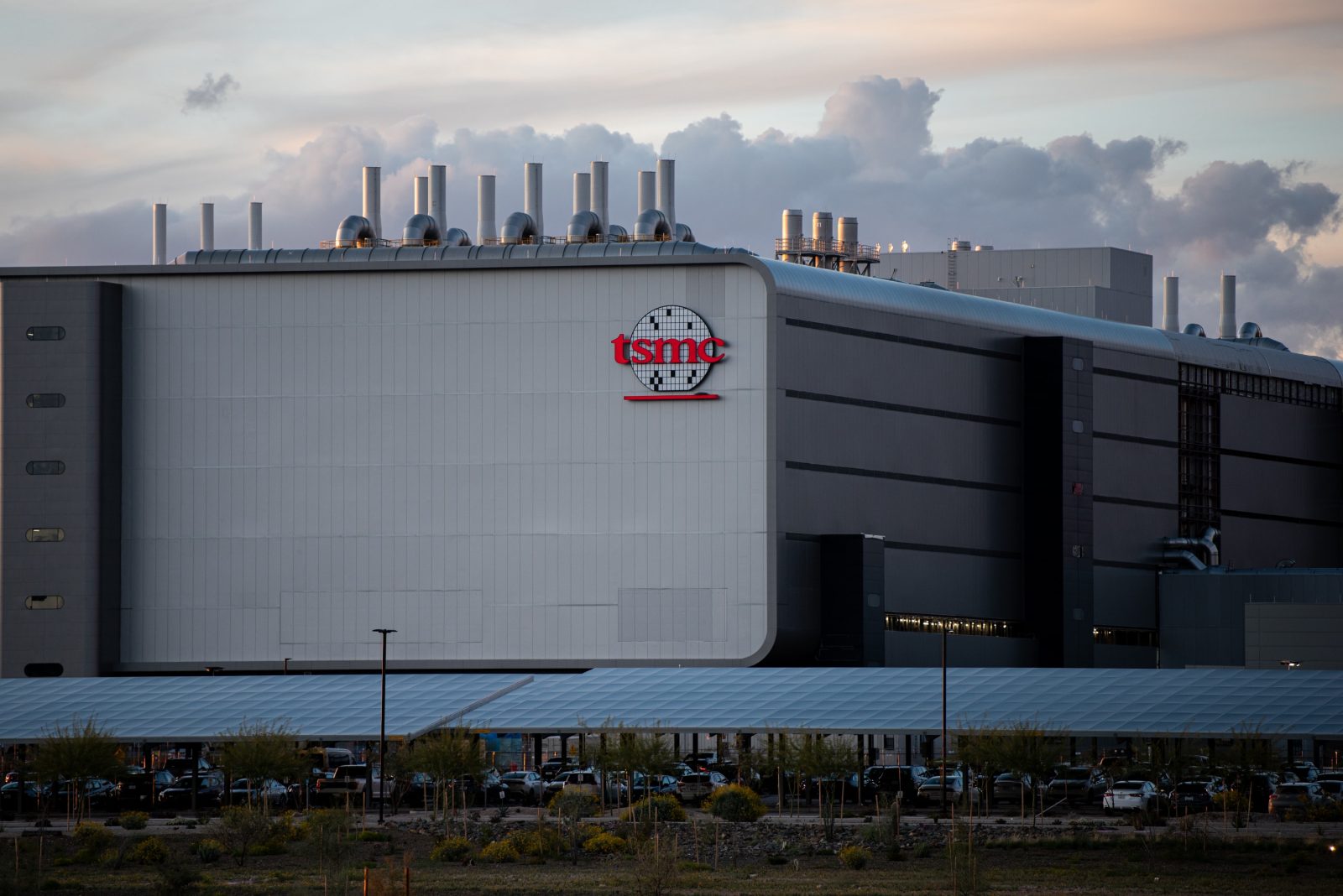





On January 17, 2025, the Semiconductor Industry Association (SIA) President and CEO John Neuffer praised recent agreements from the U.S. Department of Commerce under the CHIPS Act, which will bolster semiconductor manufacturing across several key companies. The agreements support Infinera's new fabrication facility in California and an advanced packaging facility in Pennsylvania, Corning's expansion of its High Purity Fused Silica and EXTREME ULE Glass facility in New York, Edwards Vacuum's new dry vacuum pump facility in New York, and GlobalFoundries' facility expansion in New York for wafer manufacturing [d4d276ed].
These initiatives are part of the broader CHIPS Act strategy, which aims to strengthen U.S. semiconductor manufacturing, create over 58,000 jobs, and increase domestic capacity by 203% by 2032. The act is projected to capture 28% of global capital expenditures from 2024 to 2032, reflecting a significant investment in the future of the semiconductor industry [d4d276ed].
However, as highlighted in a recent analysis by Susannah Glickman and Madhumita Dutta from The American Prospect, the initial enthusiasm surrounding the CHIPS and Science Act, which was passed in 2022 with a $52 billion commitment, has waned. The act allocated $39 billion for manufacturing incentives and $13 billion for research and development, yet the results have not met expectations. In fact, U.S. government investment in semiconductor manufacturing in 2024 has already surpassed total expenditures over the previous 27 years [d1733d78].
The act is managed by the National Institute of Standards and Technology (NIST) instead of the Department of Defense, leading to criticism that it fails to break from neoliberal policies and lacks enforcement mechanisms for labor and environmental standards. The semiconductor industry has historically faced challenges from foreign competition, particularly from Japan in the 1980s and currently from China. The CHIPS Act aims to counter China through reshoring efforts and export controls, but skepticism remains about its long-term effectiveness [d1733d78].
Earlier, on January 7, 2025, the U.S. Department of Commerce announced it would award $325 million from the CHIPS Act to Hemlock Semiconductor for the construction of a new manufacturing facility in Saginaw County, Michigan, expected to create nearly 1,200 jobs. U.S. Commerce Secretary Gina Raimondo emphasized the critical importance of domestic sourcing for both economic and national security [40896958].
The SIA has consistently highlighted the significance of these developments, with Neuffer noting that the CHIPS Act is vital for U.S. economic strength and national security. The act has led to 90 new projects across 28 states, totaling hundreds of billions in investments [06c2b6e3].
As the political landscape shifts with the Republican control of the House, discussions around the future of the CHIPS Act funding have intensified. The act's funding was previously uncertain, leading to debates over the best strategies for bolstering American manufacturing and securing supply chains [40896958].
Vice President Kamala Harris had previously visited Hemlock Semiconductor in October 2024, where she announced the funding initiative as part of the broader CHIPS and Science Act, which aims to enhance domestic semiconductor production and create approximately 115,000 jobs nationwide [7d678cd5][04e8c271].
Harris's visit included a critique of former President Donald Trump, who has proposed tariffs on foreign chips and criticized the funding for semiconductor projects. She argued that investing in future industries is essential for revitalizing the manufacturing sector and supporting American workers [7d678cd5][0a3dba34].
A report from SIA and Boston Consulting Group forecasts a 203% increase in U.S. semiconductor manufacturing capacity from 2022 to 2032, capturing 28% of global capital expenditures during that period. As the election approaches, contrasting narratives from Harris and Trump regarding job creation and economic strategies will likely influence voter sentiment in Michigan and across the country [375e50f0].
Despite the ambitious goals of the CHIPS Act, labor issues persist, with few commitments to unionization and worker rights. A case study from Ohio reveals corruption and inadequate oversight in land deals for semiconductor plants, raising concerns about the accountability of the CHIPS initiative and its ability to fulfill promises of job creation and industry revitalization [d1733d78].